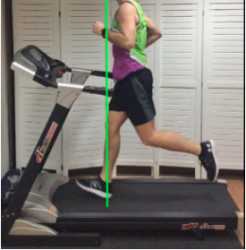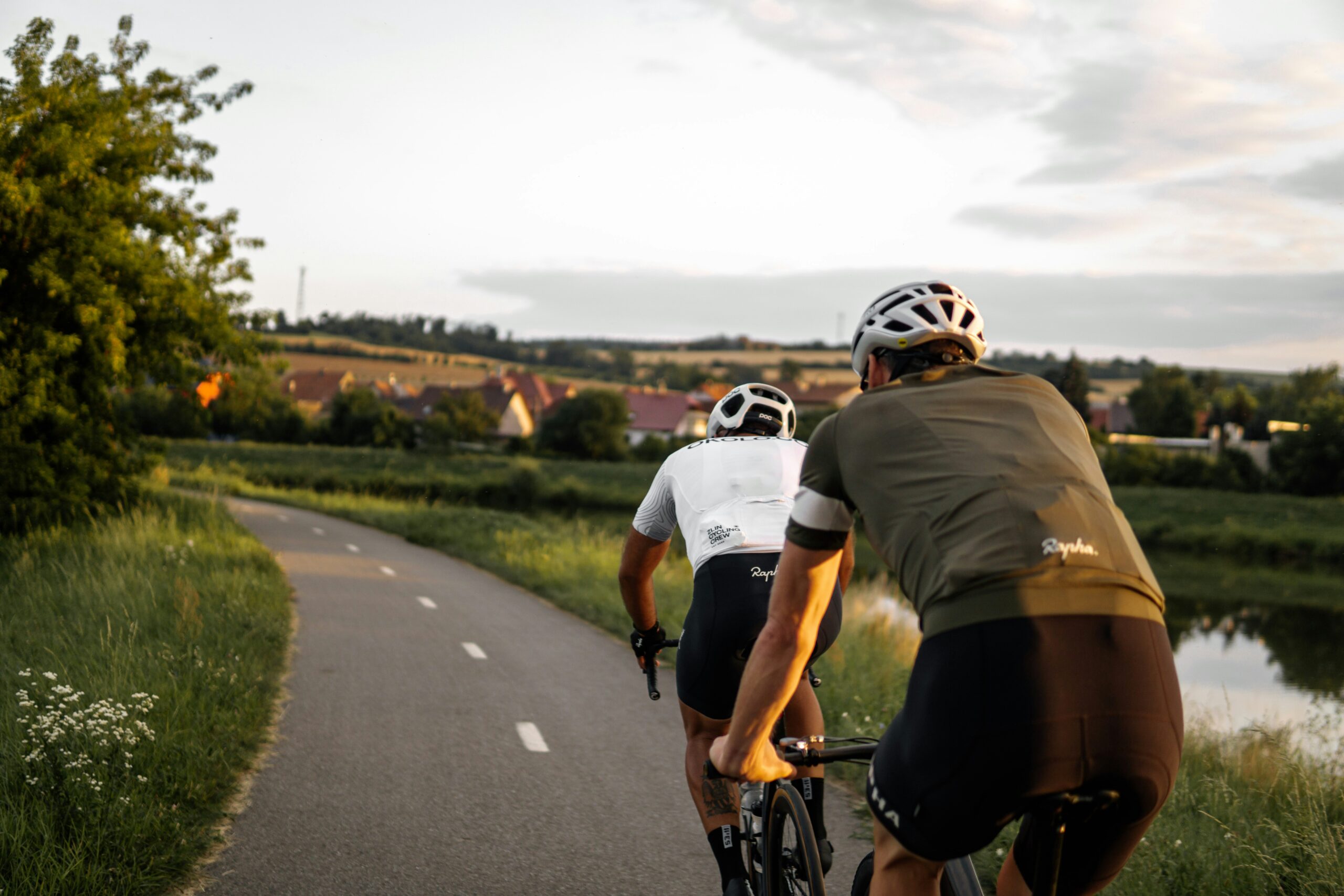Beware the Runners Over-Stride. Working toward a better Technique.
Published on
14 Jun 2019

Call us on: (03) 9975 4133
The much anticipated follow up to Daves' introductory article to the problems with Over-striding when running are revealed here. If you missed the first blog then please refer back so that the concepts below make sense.
What can I do about it?
- Candence
When it comes to running retraining, increasing your cadence is probably the least technical component of change: take more steps at the same speed. This is harder than it sounds to put into practice, particularly when not on a treadmill, as instead of taking more steps, most people just put in a Roger Bannister type mile effort and have coronary at 1 mile and 3 feet. That is NOT the aim of increasing your cadence.
If you do over-stride, increasing your step rate by 5-10% could be the answer, or at least part of the answer. Doing so can significantly reduce the amount of energy absorption required in the lower limb, especially at the knee joint. It’s not the increased step rate itself that has this positive effect, more the shortening of the stride length to achieve the increased step rate. This means the initial point of contact is now closer to the centre of mass and the knee is in a more flexed position, as demonstrated below.

But it feels harder!
It will likely feel quite different, and I appreciate most people fear change as much as I fear hearing the words “I have a high pain threshold”. It may even feel harder to do at first – I’ve lost count of the amount of times clients have given me the “is this guy serious?” look, also known as “running hate-face”, when I’ve told them it will be more efficient, yet they feel like they’re towing a caravan. There will be an adaptation period, as there is with anything new, but so long as you don’t make too steep a jump in cadence and stick to the +5-10% guideline, it shouldn’t lead to any significant increase in oxygen consumption or heart rate.
Most run watches can measure your cadence and in clinic it’s simply measured with a metronome, which seems to be the most effective way of practicing the cadence increase too. If listening to a metronome whilst running makes you want to strangle yourself with your own shoelaces, however, then feel free to get creative by making your own playlists, full of songs with your required BPM.
OFFICIAL ‘CAN OF WORMS’ DODGE!
If you suspect you are over-striding and you do have one of the injuries mentioned above, I highly recommend having a running assessment. When attempting to change your running technique it’s easy to actually be doing something very different to what you think you are doing… I’m talking more Phoebe Buffay than Mo Farah.
Slow-motion video analysis is a perfect tool for assessing whether or not you over-stride and if changing your cadence will correct your landing position (as the last thing you want to do is just shift the problem elsewhere). As you can see in the video, my point of contact has changed from heel to midfoot. This in itself changes how structures will be loaded, so it’s extremely important that specific strengthening and mobility exercises are given to cater for this adaptation. It is also vital to be aware that this is a graduated process, as the load through your joints and tissues will change. It is really important to work toward this positive change. It can be dangerous to simply go out and attempt a new technique overnight…we see this too often and this results in a secondary injury occurring.
Changing cadence is just one of many different running retraining techniques you can utilise to effectively reduce an over-stride, so if any of this is arousing painful demons, then do yourself a favour and book a running assessment. Between my hat as a Physiotherapist with a passion for muscle retraining, optimising movement, and strength, and a qualified Run Coach I can put on both hats (at the same time) to look at and discuss what is best for you as an individual, in line with your goals and visions as a runner. Go on…book it now!


